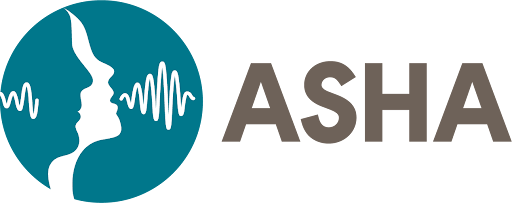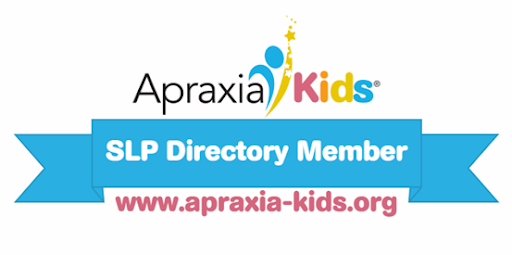
How to Make the Most of a Parent Coaching Session
Parent involvement is a crucial component to speech and language intervention with toddlers. Your therapist may provide you with specific language strategies to utilize during daily routines or play activities at home. Parent coaching should include joint interactions with the clinician, the parent, and the child as well as opportunities to practice the techniques with clinician support. After the parent coaching session, it is often expected to try the strategies at home and discuss the outcomes at the following session. Prior to returning for the following session, it is important to think about successes and challenges over the past week. Below are some questions to ask yourself in order to prepare for your next parent coaching session. 1. What moments











